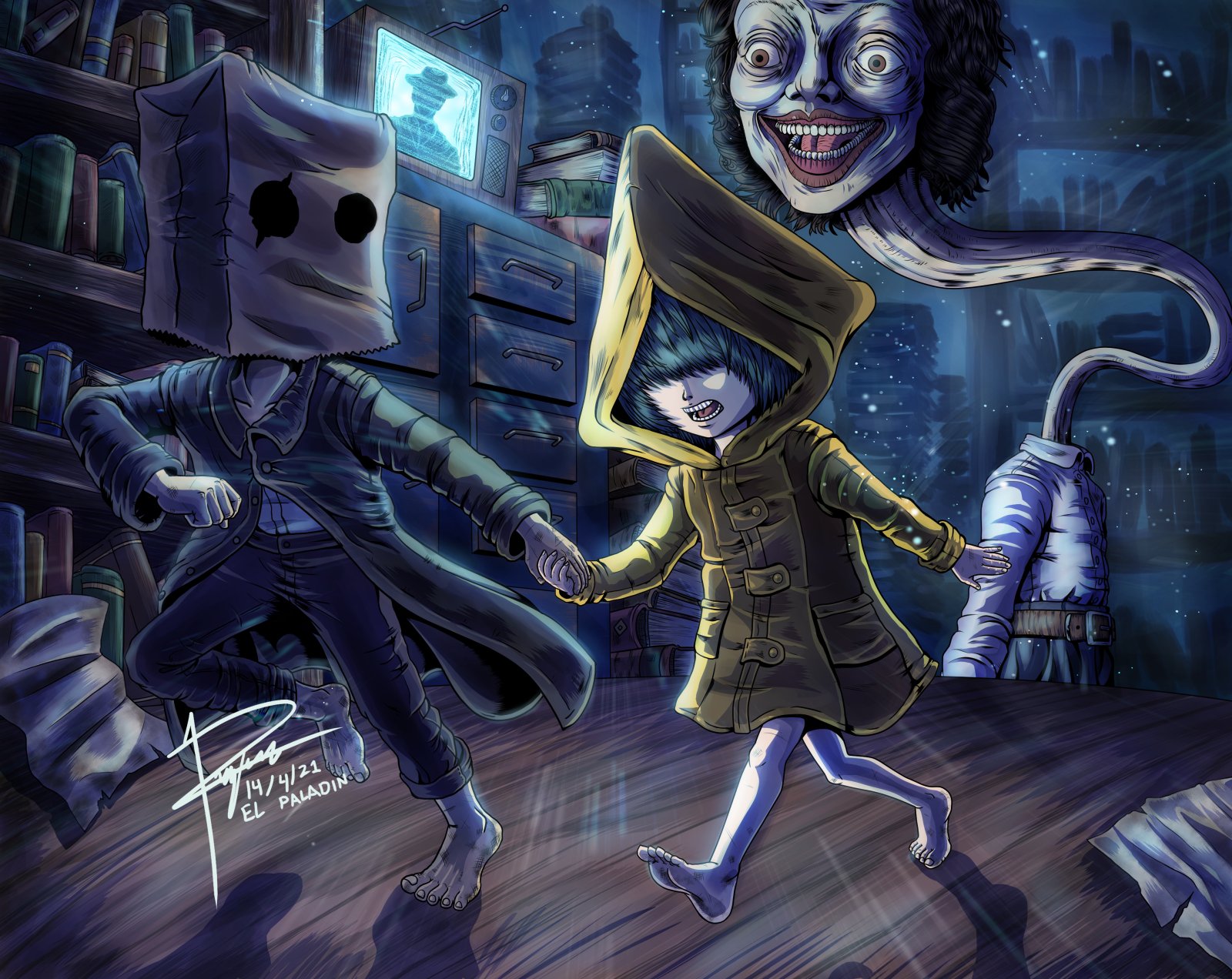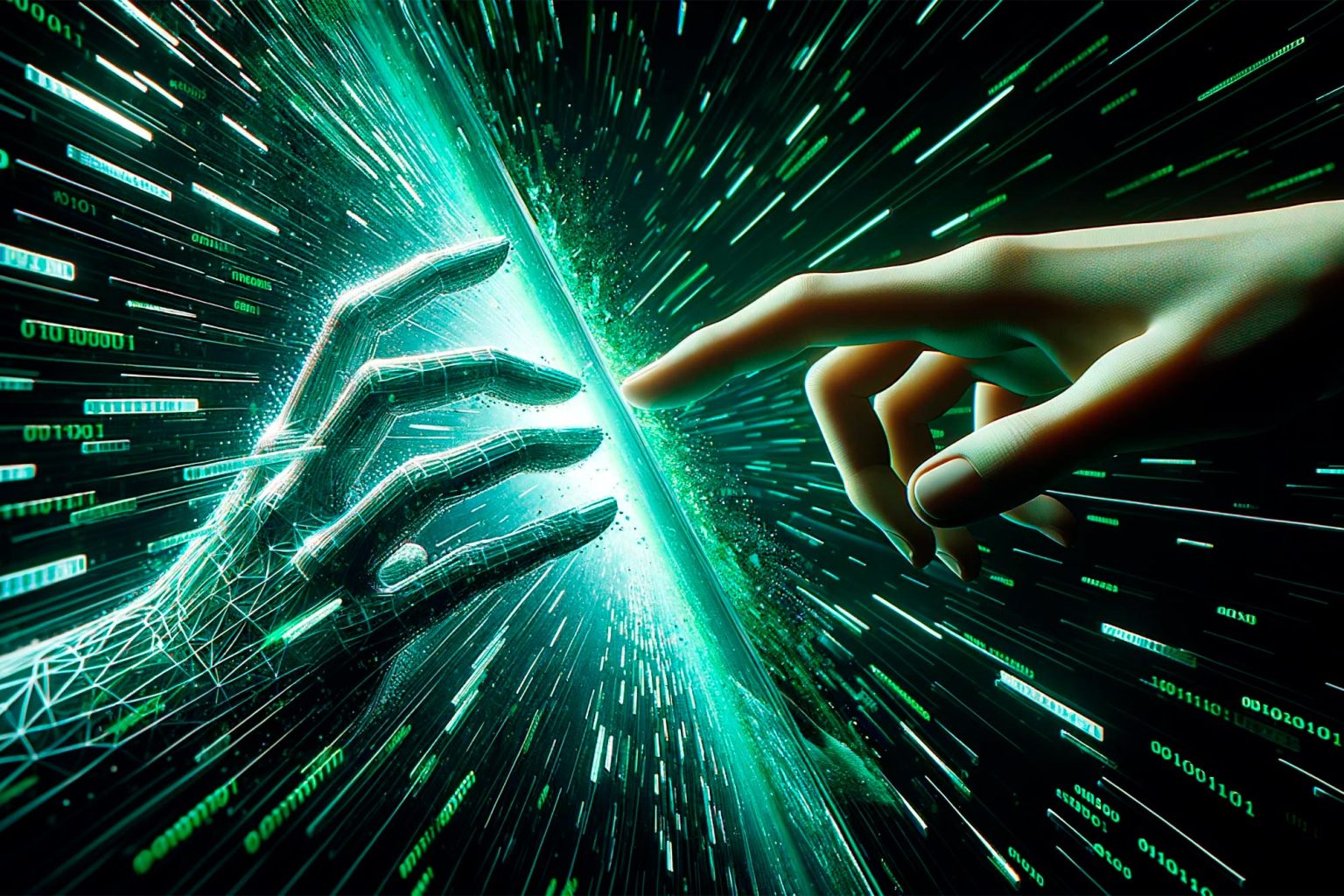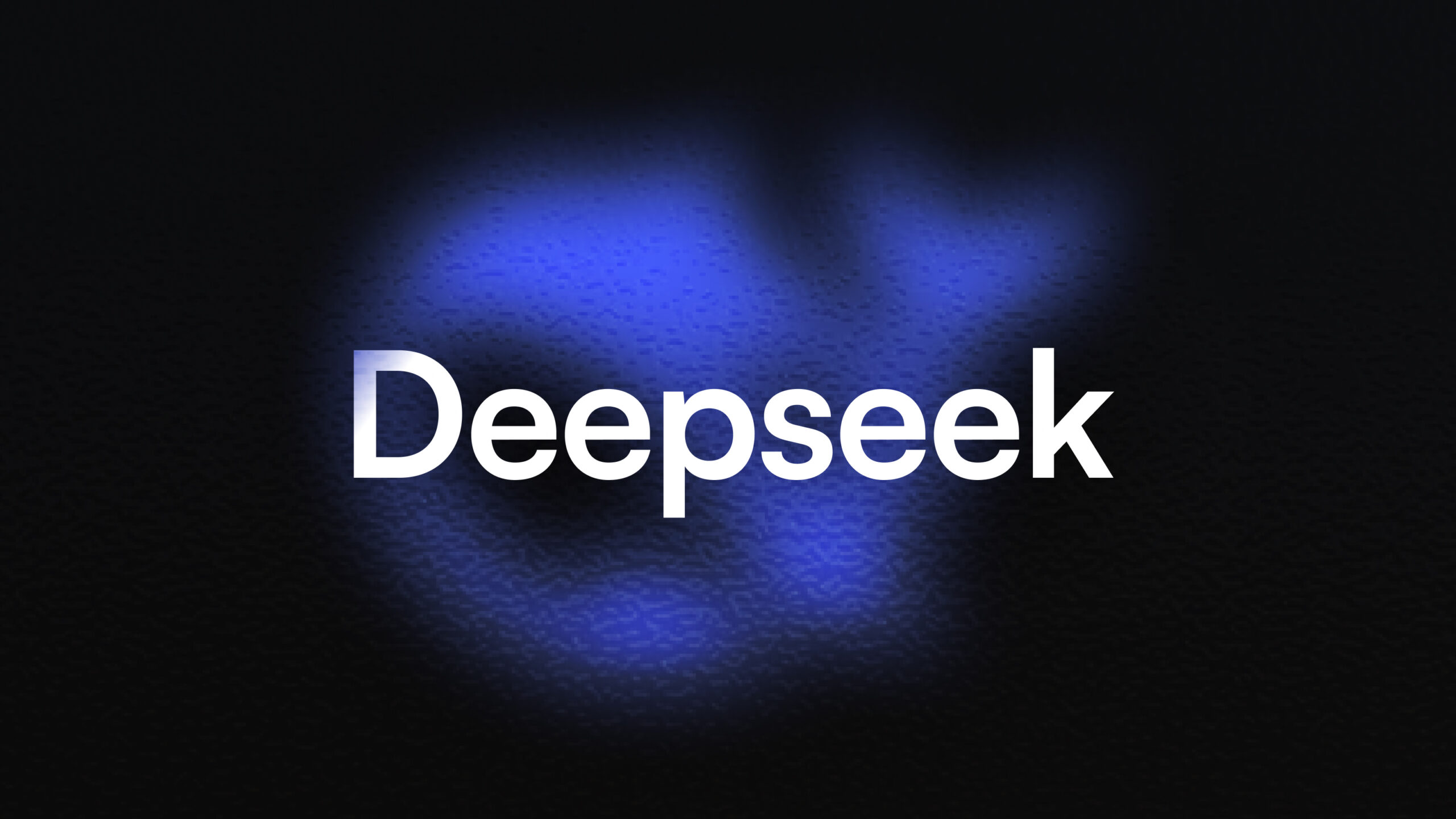everyone love grapes but i will give you other fruit.
This post is coconut but this will read para and carry you to the other fruits. [maxbutton id=”1″]

The Grimy Descent Little Nightmares isn’t a game that spells out its narrative with cutscenes and dialogue. Instead,…

Ever watched The Matrix and wondered, “What if?” That “what if” isn’t just science fiction; it’s the core…

Psychopath vs. Sociopath: Unpacking the Differences in Antisocial Personalities The terms “psychopath” and “sociopath” are often thrown around…

What is a Social Engineering? The Human Element: Why “Social Engineering Knowledge” is Your Best Defense In today’s…

“You become what you think Book Summary” Have you ever stopped to consider the incredible power lurking within…

Few corners of the internet are as infamous, influential, and utterly confounding as 4chan. Launched in 2003, this…

DeepSeek AI is a relatively new but rapidly impactful player in the artificial intelligence landscape. While not as…













